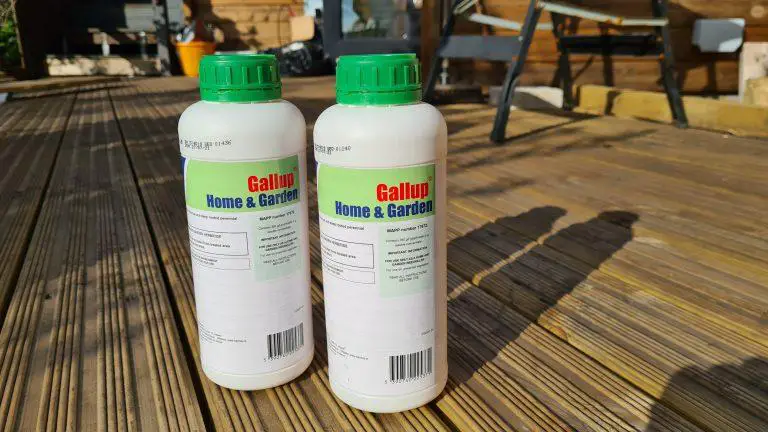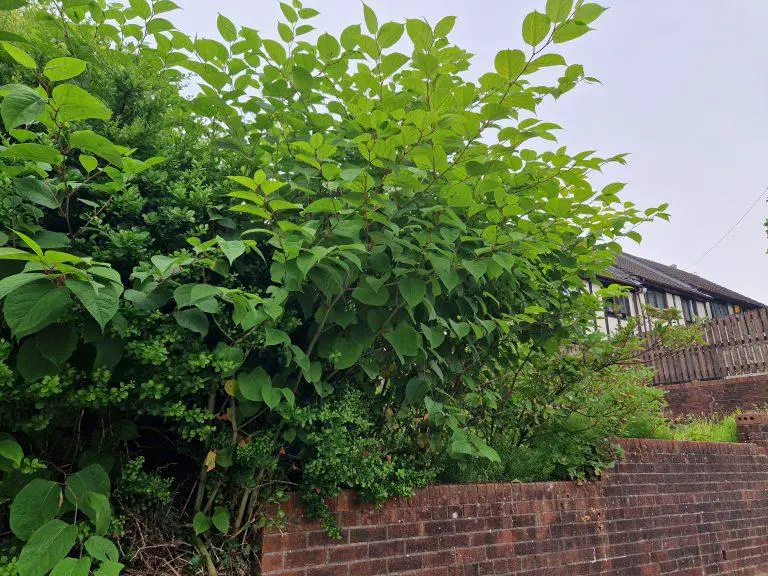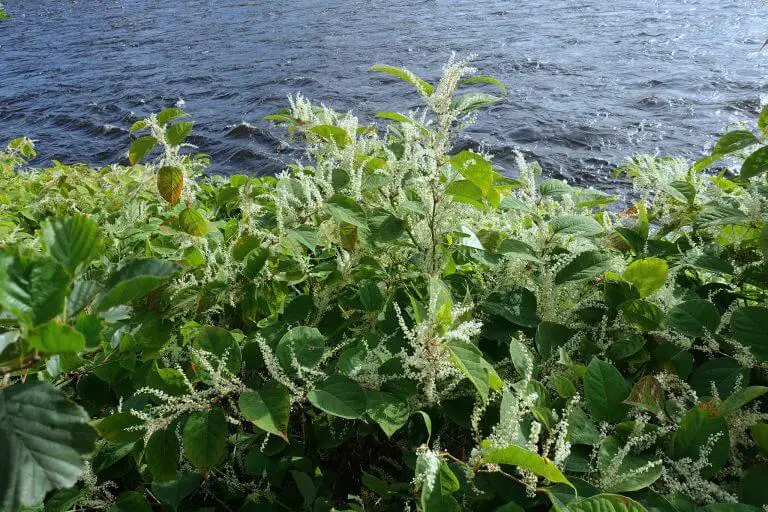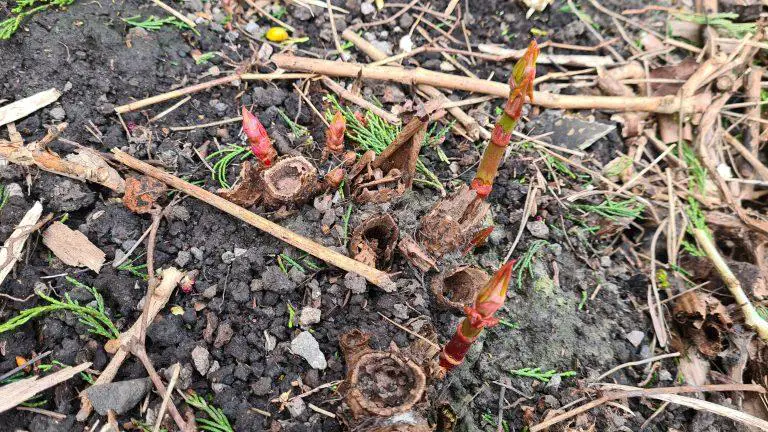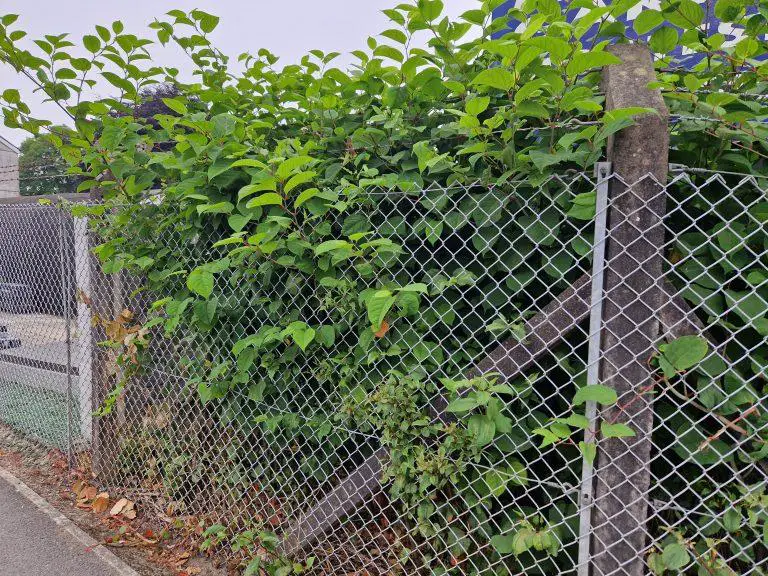Permanent Japanese knotweed removal is not a walk in the park. Discover the methods to kill Japanese knotweed removal permanently from your property.
This ornamental weed plant spreads like wildfire and hence requires quick action and the use of approved methods to get rid of it. Nonetheless, not all methods out there guarantee the permanent removal of Japanese knotweed; some approaches will seemingly take a long while before full eradication is achieved.
To this end, this segment will focus on the tried, tested, and approved methods that work perfectly for permanent Japanese knotweed removal as elaborated below.
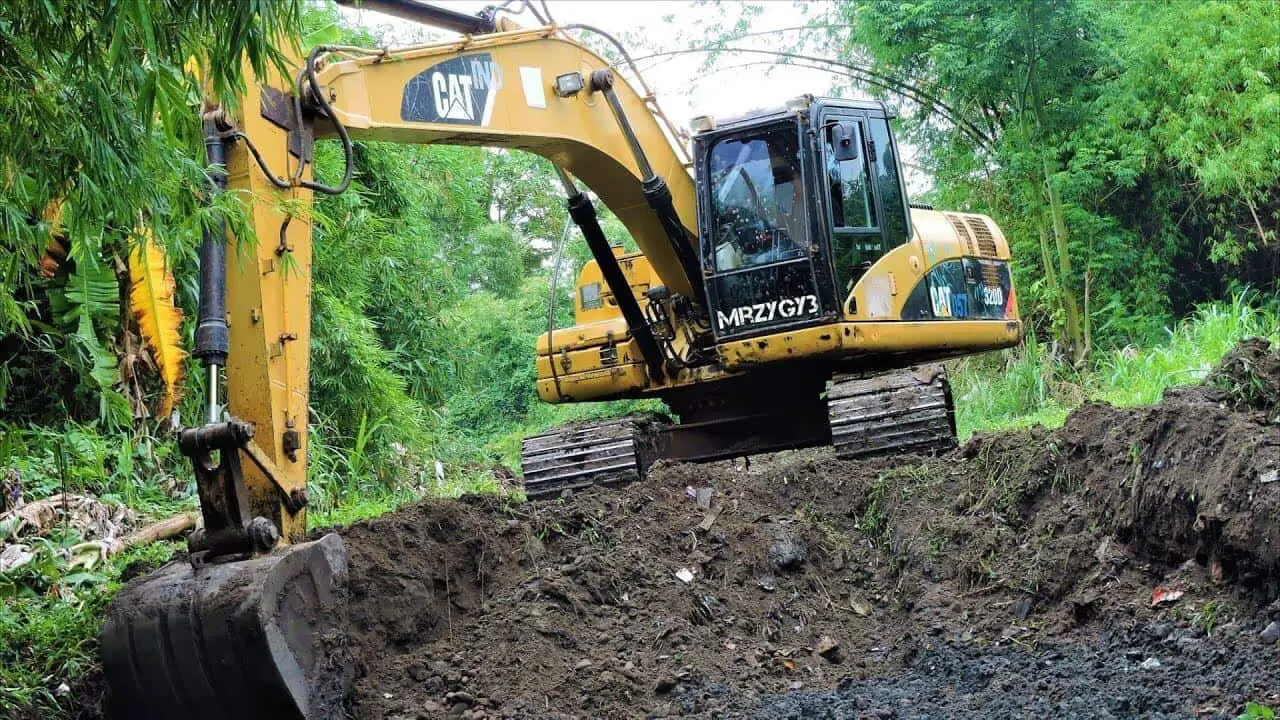
Digging out the root system of the Japanese knotweed
The root system of this invasive weed plant is very tenacious and, will often grow quite deep into the soil (approximately 3 metres deep) and further wide in any direction (approximately 7 metres wide).
This, in essence, means that without stopping the growth of this root system, the infestation of the weed plant will become virtually impossible to stop because the roots form the base of the weed plant.
For this reason, digging out the roots of this weed plant makes it one of the most effective permanent Japanese knotweed removal mechanisms.
Where the weed plant is in its early stages of development, this means the roots are still weak hence, you can easily get rid of them by using home-based tools such as a shovel, hand cultivator, digging hoe, Fiskars Composite, the yard butler amongst others.
During the digging, you must be cautious enough to ensure that no pieces of the root are left in the ground.
In instances where the plant is fully developed such that its root system is deeply ingrained into the soil, you can choose to use excavators to do the heavy job for you. Excavators are expensive machines; hence you may need to set aside extra costs for hiring them.
The use of excavators also comes with its fair share of spoils, for instance, there is the possibility of having the area being subjected to excavation turned into wasteland unless proper restoration is done.
Additionally, you may need to create an accessway for the excavators to use to reach the property.
Nonetheless, whichever method is chosen to dig out the roots of the weed plant, one thing is for sure, permanent Japanese knotweed removal will be achieved.
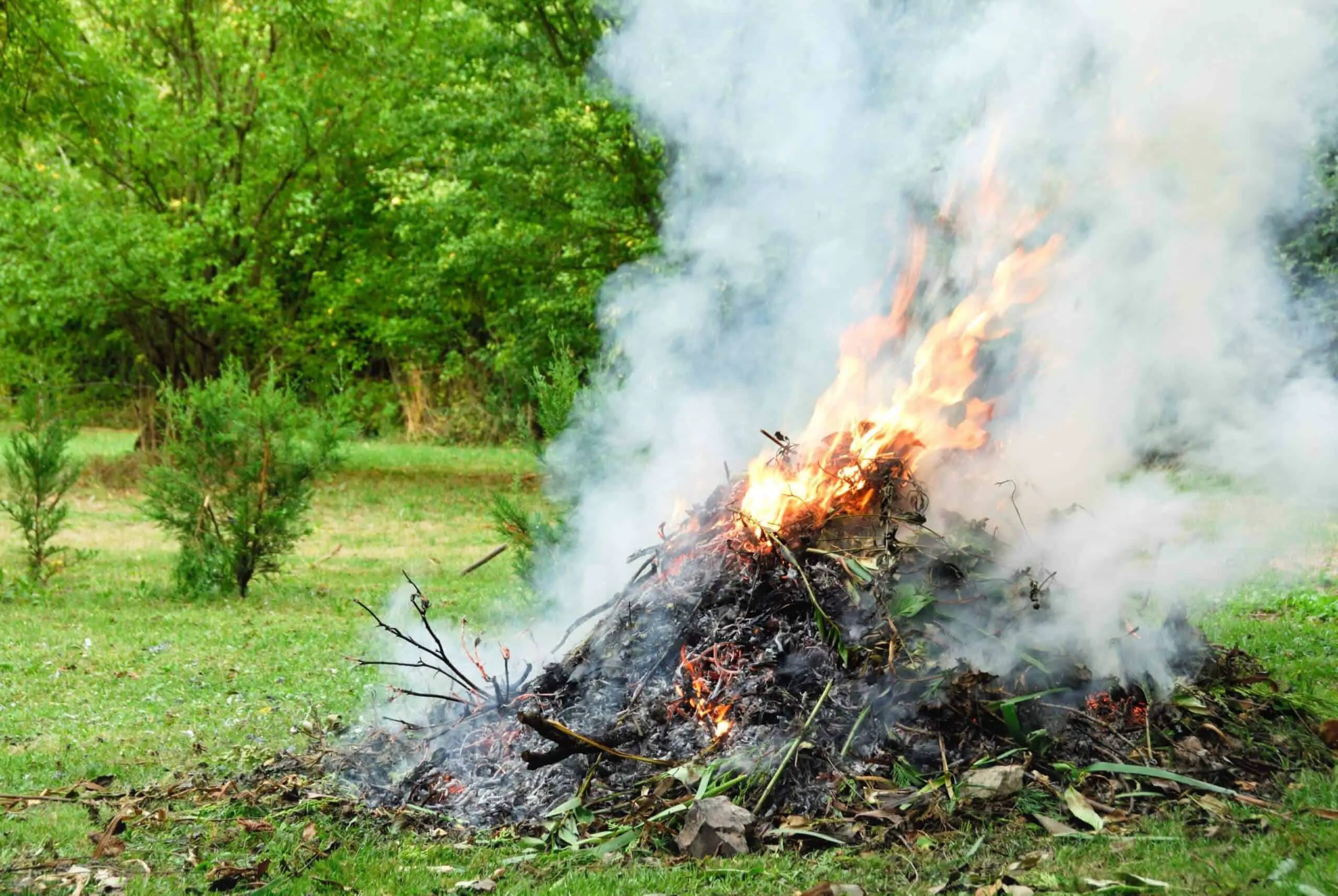
B) Burning or Burying the Japanese knotweed
Burning Japanese knotweed requires the use of a micro-incinerator for the process to be successful. This exercise aims to subject the Japanese knotweed to very hot temperatures to guarantee that no rhizome survives the process.
This is why it is always advisable that before subjecting the weed plant to incineration, you let it dry completely such that it is destitute of moisture completely.
Most importantly, considering that Japanese knotweed is a “controlled waste” this obligates one to follow certain measures when disposing of the waste product even after burning.
Notably, disposal is supposed to be at a landfill site that is authorized to receive such waste products and securely have them disposed of. If you choose to personally have the waste transported to the landfill site, then you must ensure the carrier containers or bags are sealable.
Otherwise, it is advisable that you seek professional services to do the job. Consequently, if the burning of the weed plant is done adeptly and, all the right steps are followed, then it makes the cut is a permanent Japanese knotweed removal method.
Burying, in contrast, does not necessarily require that the weed plant is burned before being disposed of, albeit, it is better if you consider burning the waste.
The most important thing to remember when burying Japanese knotweed is that the remains must never be mixed with domestic waste because this can aid in the potential re-growth of the weed plant.
Additionally, experts recommend that after cutting or digging out the Japanese knotweed, you give it time to decay then bury the waste using completely sealable bags.
Once the above-mentioned measures of burying the weed plant are followed to the latter, permanent Japanese knotweed removal will be attained.
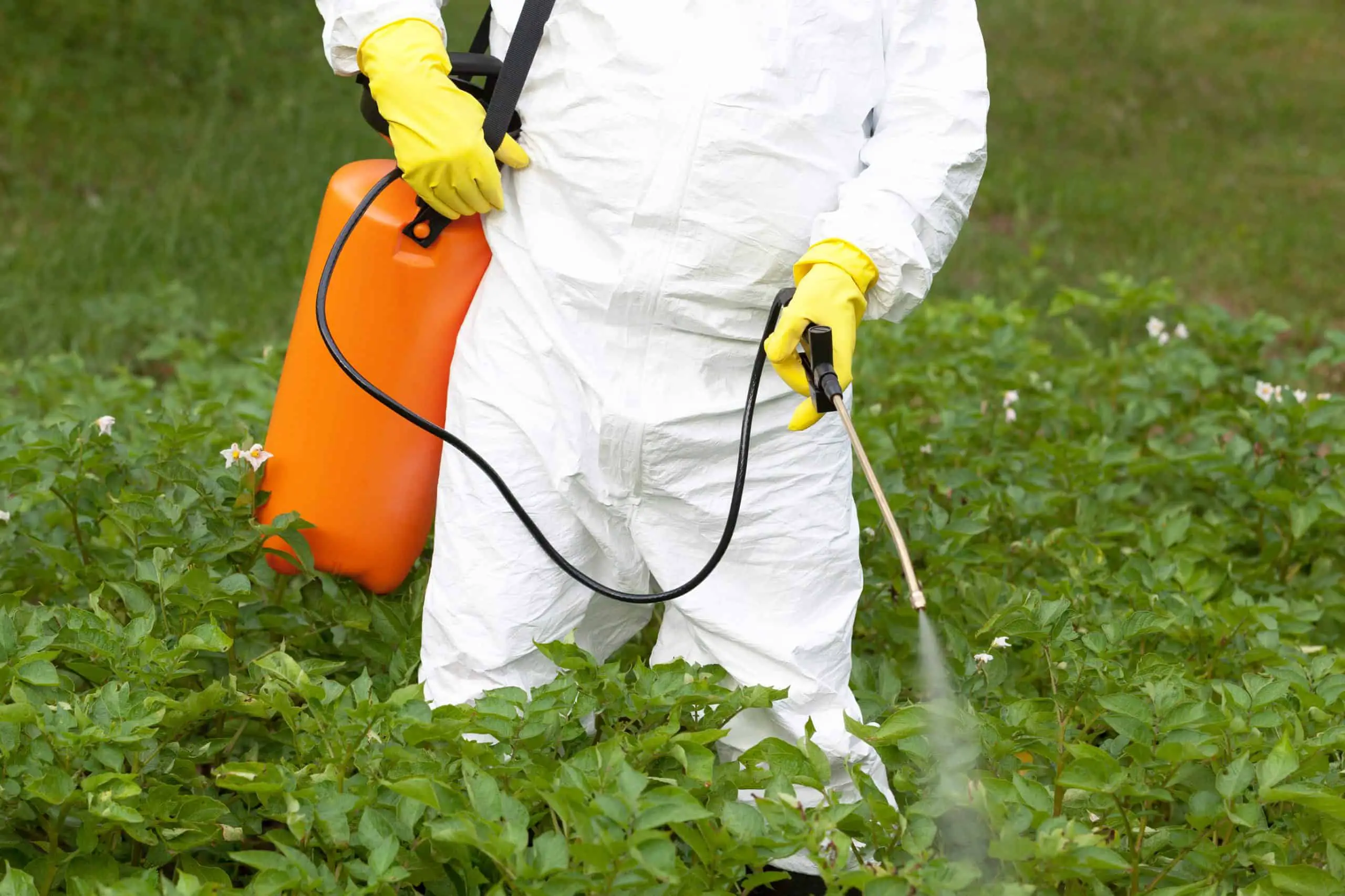
Herbicide treatment
Herbicides are chemical products that are industrially manufactured for the treatment of various weeds.
Most of these chemicals, including, the ones for treating Japanese knotweed have a non-restrictive use therefore even private property owners can readily purchase them from approved sellers within their locality.
To this end, the recommendable herbicides when it comes to treating Japanese knotweed are those that contain glyphosate an example being Roundup.
Herbicides are deemed to be effective in eradicating Japanese knotweed within a short time if applied properly. Accordingly, each herbicide has special guidelines for the application that must be followed for effective results.
Therefore, it is prudent that before using any herbicide you familiarize yourself with the rules of application.
Additionally, herbicides work better when the cases of the Japanese knotweed have been cut down such that the herbicides are sprayed directly to the remaining plant remnant that is ingrained in the soil.
However, there are cases where the herbicide is introduced to the plant through injection as a DIY method. Once you have applied the herbicide, you must give it a time frame of at least 7 days then start pulling out the decayed waste from the ground.
As a precautionary measure when using herbicides, it is always safe to ensure that you have put on protective gear; hand gloves, and masks. Safety must be paramount, notwithstanding the type of herbicide chosen to eliminate the invasive weed plant.
You must also carry out due diligence in terms of identifying the extent of damage that can be caused as a result of using the herbicide within a certain location.
For instance, if there is a water body within or in the presence of public water piping systems, then you must refrain from using the herbicide in such an area or use them with extreme caution.
If the herbicide is to be used within a neighbourhood that has animals and children in plenty, you must put in place measures to protect them against any adverse effects of the herbicide, for instance, you may request that they do not play near the sprayed locale at least until the chemical has cleared.
Using herbicides effectively adds to the list of methods that can aid you in permanent Japanese knotweed removal for good.
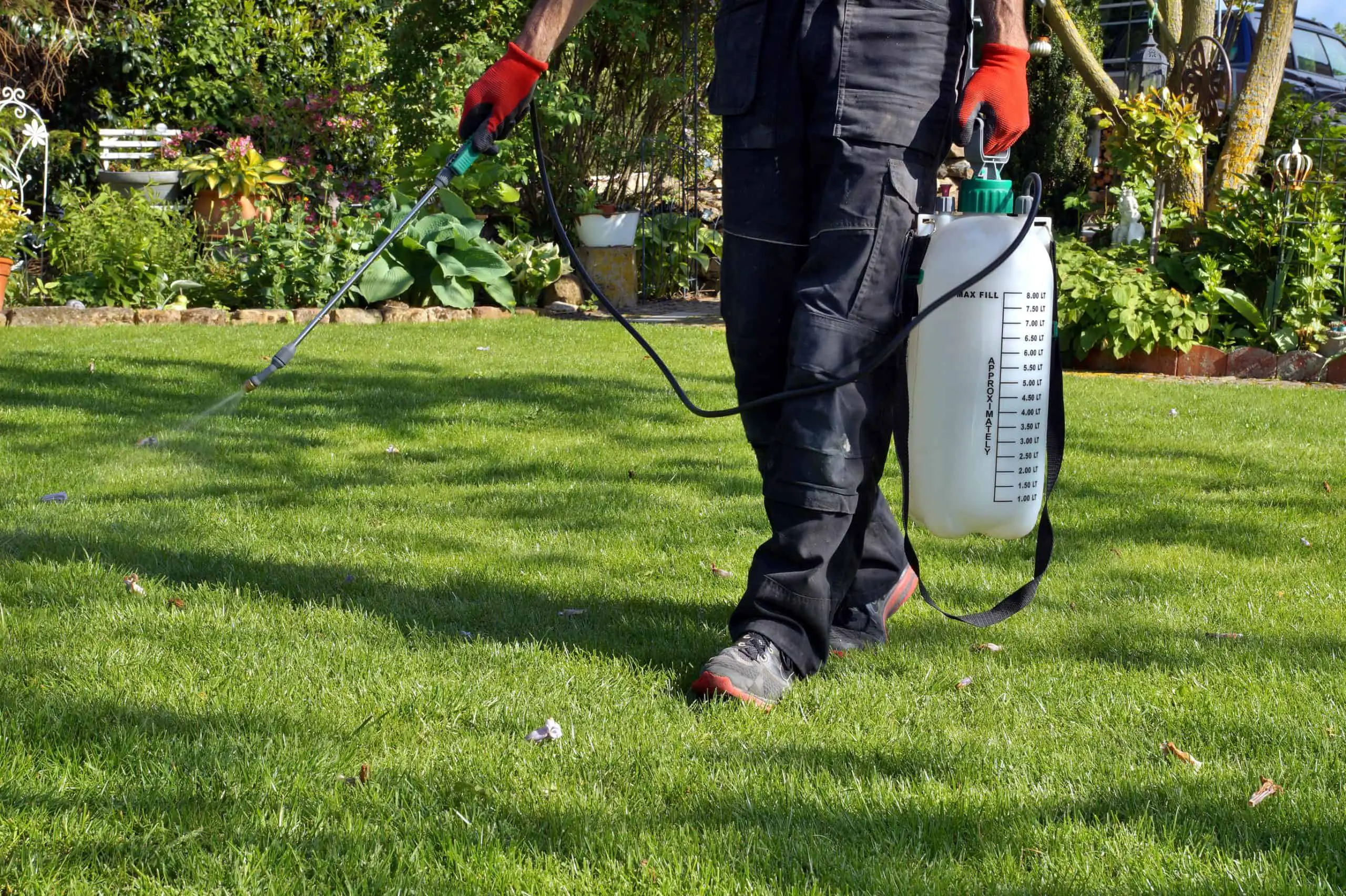
Want to know more about Japanese knotweed removal permanently?
Knotweed Removal aims to provide the most up-to-date information, help and advice for YOU to make informed decisions. If you are unsure or uncertain about how to proceed, please reach out to us and we will gladly come back and advise you as best we can.
Governmental advice can be found here and the UK law covering the removal of Japanese Knotweed as stated under the Wildlife and Countryside Act 1981 can be found here.
The best means to contact us is via our email – hello@knotweedremoval.tips
Do not forget we have a library of blogs covering many areas relevant to Japanese Knotweed, our free downloadable How-to Guides and Product Reviews on the latest methods being employed to eradicate or remove Japanese Knotweed.
Knotweed Removal, UK


